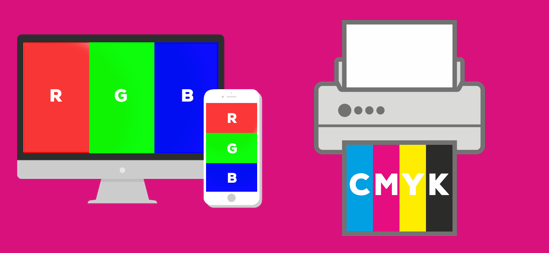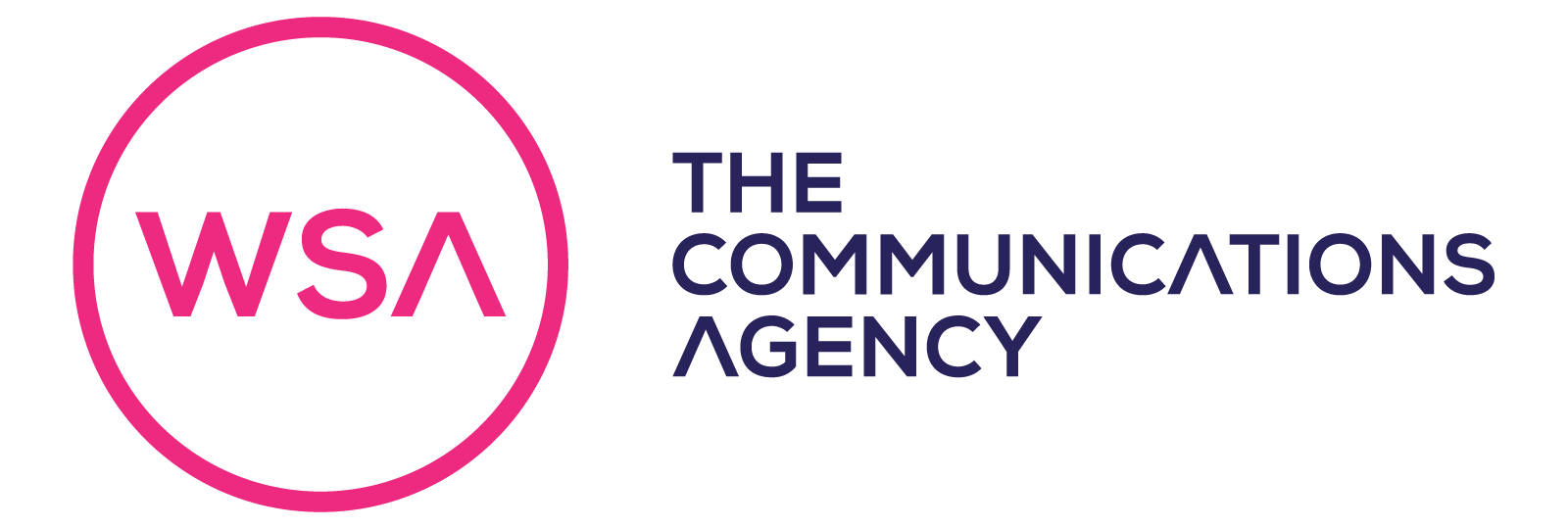Visual assets are crucial for getting your target audience interested in what you have to offer.
Whilst media is moving into a digital age, print still has the power to deliver on your advertising and marketing strategy. In our new ‘printciples’ series we’ll explain why print has a rightful place in the modern marketer’s arsenal and how to maximise results from it.
Two of the big challengers facing marketers is capturing attention and make the right impression.
Printed material gives us some opportunities that other channels cannot match. The fact that you can put something into the hands of your audience that they can feel is something special. You can convey quality with your finishing, creativity with your cuts and even highlight your ethical choices with environmentally friendly marketing material!
In this first blog post, we will discuss the basics of printing, including types of paper, understanding colours and why a good brief is key to a successful print job.
Let’s get stuck in.
Start at the end: different print finishes
The term “finish” describes any process applied after the paper is printed. Finishing is often what will place added emphasis on certain parts of the overall design, so it’s important to consider the result you want to achieve right at the beginning of a project, before the design work commences.
You might have already come across terms like foiling, spot UV, die cutting, embossing or debossing. If you haven’t then take a look at ‘printciples’ part 2 where we go into more detail about these.
That’s step one for planning your print job; include details of any specific finishes required to the brief.
Next up is stock.
Which paper or card is best for my print job?

An important part of the design process is selecting the ‘stock’ on which you will be printing. When choosing your stock, you’ll have to consider what you are trying to achieve.
The first consideration is stock weight, commonly referred to as “gsm” or “g/m2” – you may see these measurements used interchangeably. The higher the number, the thicker the stock. More casually, stock can be referred to as paper, card, or board, which are progressively heavier stocks.
A lightweight paper is likely to cost less and is easy to fold. A board can give a feel of high quality and sturdiness. Choose what will work best for your need or seek advice from if you’re stuck; either a printer or creative agency is a good place to ask for advice.
Alongside stock weight there are coatings and textures to consider. The three main types of paper are silk, gloss and uncoated:
- Uncoated – Most books that you’ll read are printed on uncoated paper. Uncoated paper gives a matte effect. Without a coated surface, like silk or gloss papers, ink tends to soak into uncoated paper more. This can produce deeper, more intense colours and images and it also means that it usually takes longer to dry.
- Silk paper has a low sheen coating. This improves colours and sharpens images. Silk is somewhere between uncoated and gloss, it provides a high-quality look in a more subtle way than gloss, by keeping colours vibrant and highlights the smallest details whilst also reducing shine.
- Gloss paper has a higher sheen coating which further enhances colours and sharpness. Gloss paper is rolled at higher pressures to create a glossy finish and as a result is thinner for the same weight. Gloss paper is often used for printing photographs as the finish allows colours to look brighter and more vibrant.
- Laminate coatings arean option that can add a layer of protection to your stock and give close control over texture and sheen. You can get coatings that will give a matte, semi gloss or glossy finish.
The less absorbent the paper, the better it will reproduce half tones and colours as the ink tends to sit on the surface of the paper. The type of paper and the finish will affect the way the colours reproduce. Ever wondered why beer mats aren’t very vibrant? Now you know!
For brand consistency, settle on a consistent specification for all your print collateral to reproduce your colours more consistently. Bear in mind that you may need a combination of stock for items like brochures or booklets where there are cover pages and inside pages to consider.
Types of colour printing
There are two main colour processes used in the print industry – CMYK and Pantone.
CMYK
CMYK Is a method of printing colour by using four inks: Cyan, magenta, yellow and key (black). It is often called ‘full colour’ or four colour print.
Pantone colours
Pantone colours, known as spot colours, are premade inks – made up of 15 base pigments mixed in specific amounts. There are over 1,000 Pantone colours that cover the spectrum, and each colour has their own specific name.
Other than getting printers proofs made, there is no easy way to accurately see a job in the final colours until it’s printed.
When you view a preview on a screen, it will look slightly different. Colours shown on your monitor will be a lot brighter and different than those in print. This is because the screen is lit from behind, the screen is subject to balance and contrast adjustments. A screen uses a RGB colour mix (Red, Green, Blue) as opposed to cmyk (cyan, magenta, yellow, black) used in print.

Summary
Starting out with these items for an accurate brief will help with getting a great final result.
A bit of knowledge about various paper types, finishes and colour options will help with producing a great piece of work.
If you found ‘printciples’ part 1 useful, keep an eye out for part 2!



